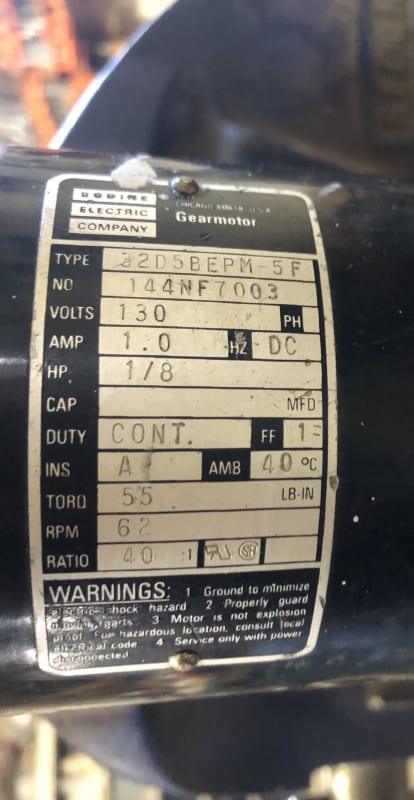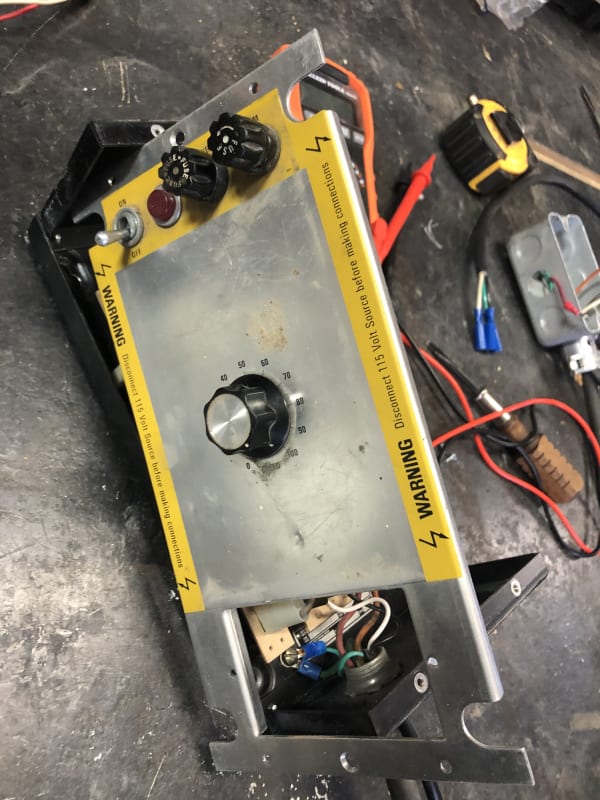redlee
Industrial
- Oct 4, 2014
- 28
I have this DC motor, can anyone tell me how to see if its good, I hooked it up to a 9V battery works both directions. I hook it up to the controller and it wont start without a bump. Controller is reading 65V on each leg. Dont know if thats correct or should it be reading 120V on each leg. Thanks




